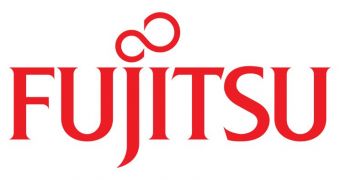After NEC and Hitachi renounced the Project Keisoku contract back in May, a contract which implied that they would put together a hybrid scalar and vector supercomputer (a combination of Sparc processors and a variant of the SX engine from NEC), the Rikagaku Kankyusho research laboratory eventually decided to come up with a different type of plan for their machine which would still somehow reach the intended performance of 10 petaflops. The solution they came up with was a massively parallel rig based solely on Sparc processors, processors which Fujitsu is main developer and manufacturer.
Fujitsu showcased a wafer using "Venus" eight-core Sparc64-VIIIfx processors at the Supercomputing 2009. The 'Venus' is capable of 16 Gigaflops per core, which means that a 10-petaflop system would need 78,128 of the processors, for a total of 625,024 cores. The 'Venus' is already being used in Fujitsu blade servers, which can have, among other configurations, 32 cores (512 gigaflops of computing power), eight channels of DDR3 main memory (64 GB per socket).
In creating the massive parallel system, Fujitsu will also have to come up with a way to scale applications on many nodes, most very much apart from each other. Fujitsu might also have to come up with a good enough plan to sustain the current base-plans for the supercomputer and the intention to use Sparc-only CPUs. NVIDIA Tesla 20 GPUs have started being implemented in supercomputers and they provide computing power equal to a set of Sparc CPUs in a much smaller form factor.
There are some good news for the Japanese company at least. Sun has dumped its "Rock" UltraSparc-RK, which means that Fujitsu does not have to worry about competition in the area of the CPU's manufacturing. The company will, however, have to cope with the budget-cutting panel through which the Japanese government significantly reduced funding for HPC projects, placing the $1.2 billion "Project Keisoku" in danger of being scrapped.
In the end, even though Fujitsu might have what it needs to create the Riken-based supercomputer by 2012, it won't be able to do a thing if it doesn't manage to convince the newly-formed Government Revitalization Unit to continue funding the development of the High-performance computing platform.

 14 DAY TRIAL //
14 DAY TRIAL //